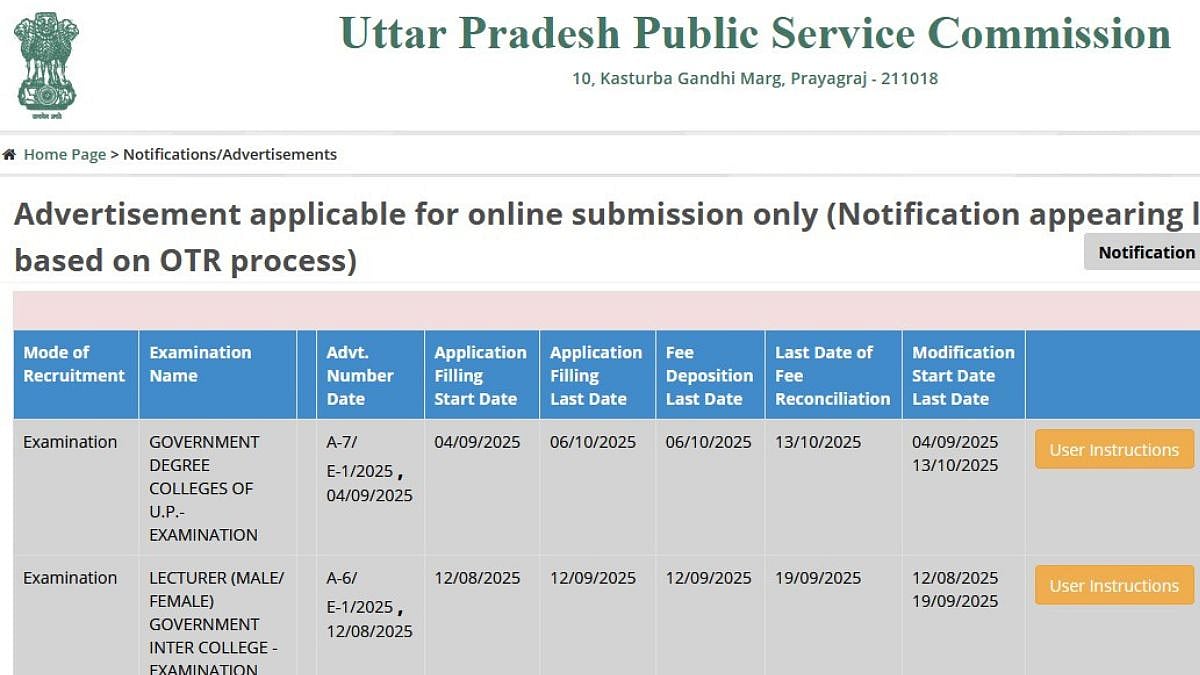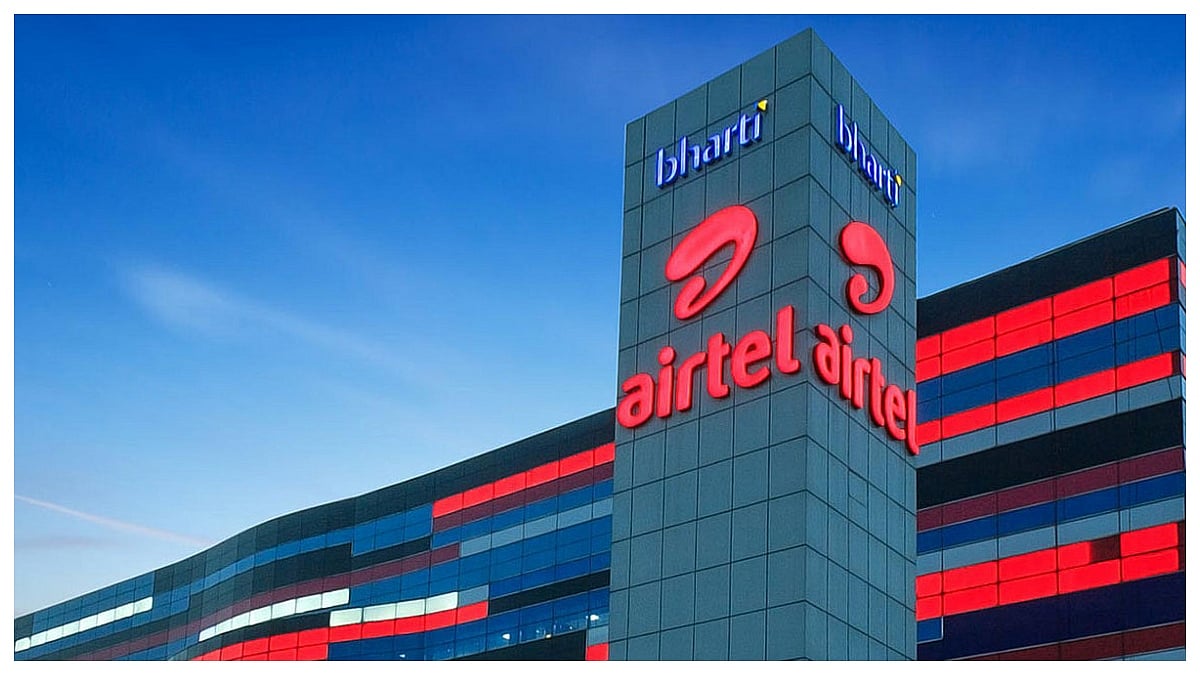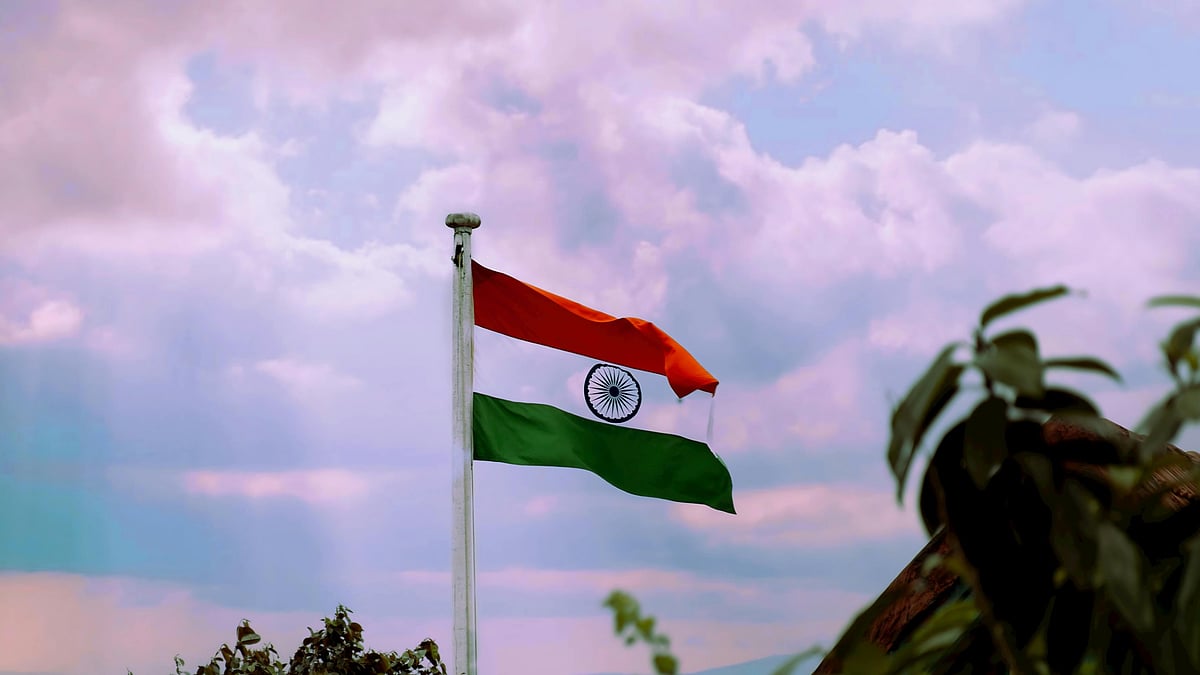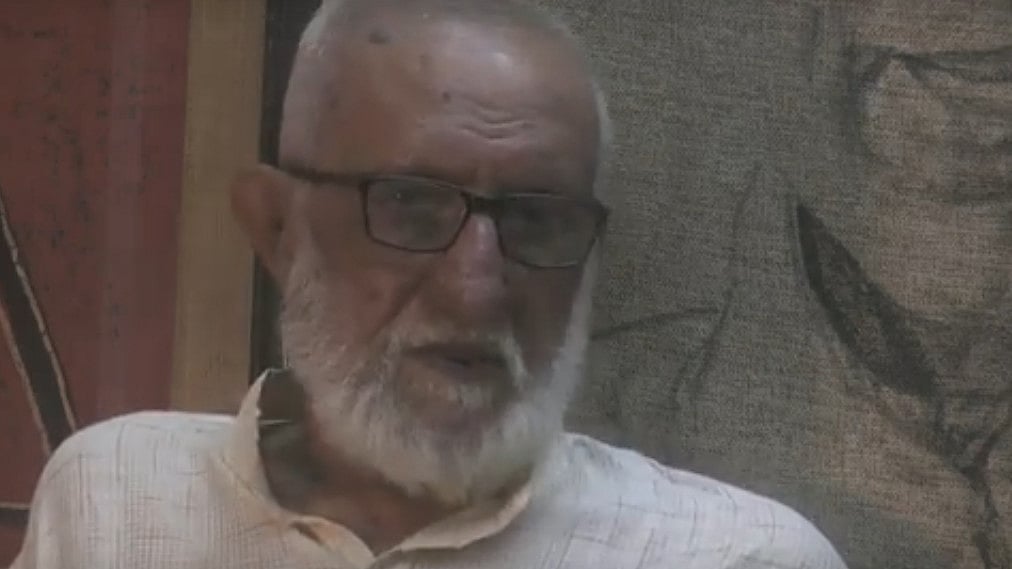Those who saw a clothing firm’s catchline, ‘Jashn-e-Riwaaz’, as an attempt to ‘abrahamise’ Hindu festivals recently were left speechless when noted writer Javed Akhtar pointed out that three of the four words in the BJP’s slogan for the UP assembly polls – ‘Soch imaandar kaam dumdaar’-- came from Urdu; imaandar, kaam and dumdaar.
So, the Hindutva troll army went after the language instead. Sample a couple of printable responses, typical of the ‘bhakt’. The first is denial: “Urdu is no language at first place. The verbs used in entire Urdu is 100% taken from Hindi which in turn comes from Sanskrit. Without verbs there can be no language. Urdu is no language. I repeat Urdu is no language.’’The second is a conspiracy theory: “I always wondered what was the need to invent Urdu when India already had so many rich languages!! Is it not part of an agenda? Why west Pakistan tried to impose Urdu on East Pakistan and ended up losing it and also massacring millions of Bangla speakers?”
The misconception is that Urdu is a Pakistani language, that it is the language of the Islamic invaders. With their warped sense of history, these bigots see Urdu as a vestige of centuries of subjugation. Hence, its demonisation. These ignoramuses should hear Urdu scholar Gopichand Narang: “Urdu is not the language of Muslims. If at all there is any language of Muslims, it should be Arabic. Urdu belongs to the composite culture of India. Hindi and Urdu are supplementary and complementary. They are like sisters strengthening each other.”
These graduates of the WhatsApp University are not taught that Upendranath Sharma ‘Ashk’ and Dhanpat Rai Srivastava, better known as Munshi Premchand, were famous Urdu authors before they even began to write in Hindi, that Urdu literature has been overwhelmingly patronised by non-Muslim writers and poets: Krishan Chander, Rajinder Singh Bedi, Raghupati Sahay (Firaq Gorakhpuri), Gulzar (Sampooran Singh Kalra), Khushwant Singh... . Rekhta.org, possibly the most comprehensive site on Urdu, is run by a Marwari Hindu.
The vilification of Urdu is part of a sectarian campaign which springs from the misplaced ideology of the late Guru Golwalkar of the Rashtriya Swayamsevak Sangh (RSS), who believed that the “non-Hindu people of Hindustan must either adopt Hindu culture and language, must learn and respect and hold in reverence the Hindu religion, must entertain no idea but of those of glorification of the Hindu race and culture...”
The Prime Minister chooses to speak in Sanskritised Hindi on important occasions. For instance, this I-day, he used terms such as ‘paavan parv’, ‘naman’, ‘nyochhavar’, ‘kaalkhand’, ‘samarpit’, ‘itihas’… However, one Sanskrit word which he eschewed was ‘mitron’. Subscribers to the Hindi-Hindu Hindustan ideology will be surprised to learn that former Maharashtra CM Devendra Fadnavis’s surname is derived from two Persian words, ‘farad’ and ‘navis’; it translates into English as ‘maker of the lists’.
It does not matter to ‘hatriots’ that Urdu-- an Indic language closely related to Hindi but written in the Persian script and having many loanwords from Persian and Arabic -- is one of our officially recognised languages. It is the seventh most spoken language in India. If we were to replace Urdu words with those in Hindi, some of Bollywood’s most memorable lines would fall flat: ‘Mogambo prasann hua’; ‘Kitne vyakti thay?’; ‘Don ko pakadna kathin he nahin, asambhav hai’; ‘Ye sansaar, ye sammelan mere kaam kay nahin’...
Which courtroom scene would be complete without ‘chashmadeed gawah’, ‘tazeerat-e Hind ke tahat’ and ‘ba-izzat bari’. The word, ‘adalat’, itself is from Urdu. Hindi films and their songs are peppered with ‘sukoon’ (peace), ‘roohaniyat’ (spirituality), ‘mukammal’ (complete), ‘justajoo’ (a longing), ‘shiddat’ (intensity), ‘inayat’ (blessing), ‘aafreen’ (alluring)... Not to mention ‘Woh yaar ho jo khushboo ki tarah/ Jiski zubaan Urdu ki tarah’ from Gulzar’s ‘Chaiyaa, chaiyya…’ set to music by A R Rahman in the Mani Ratnam film, ‘Dil Se’. Indeed, Urdu sounds so poetic and so dignified that the uninitiated may feel flattered even when they are being insulted.
It is another matter that Bollywood is losing touch with Urdu. Today’s script writers do not have the same command over the language as their forebears and the actors lack the impeccable delivery of yesteryears stars. One can say that the ‘dumdaar’ dialogues of someone like Dilip Kumar are missing. However, there’s something positive too. A yet-tobe released Hindi film, ‘Sehar’, by debutant Munzir Naqvi deals with the engineered demonisation of Urdu. The film’s protagonist, an Urdu professor played by Pankaj Kapur, struggles to save his course in the face of diminishing enrolment, poor funding, and a general belief that a degree in Urduisn’t suited for the workplace.
Until Independence, Urdu was widely spoken in North India and within the bureaucracy. But after Partition the language became increasingly associated with Islam and Pakistan. So complete was the communal association of Hindi and Urdu by that time that Urdu made it to the Constitution as part of a largely perfunctory list of official languages, only because Prime Minister Nehru insisted on it.
In 1955, an Official Languages Commission was appointed by the Union government to coin modern Hindi words, given that it was going to be used for the first time as an administrative language. The late Hindi poet Harivansh Rai Bachchan describes in his autobiography the amazement the incomprehensible Sanskritic neologisms caused; a radio was ‘vidyut prasaran’ and a train, ‘lauhpath gamini’.
The politics of Hindi-Urdu division is not new, it stretches back to the 19th century. Fortunately, the politics of Hindi-Urdu unity too has roots going back as far. Poet and satirist Akbar Allahabadi captured the fake fight in these lines, still relevant a century later:
Hum Urdu ko Arabi kyon na karein
Hindi ko voh Bhasha (Sanskrit) kyon na karein
Jhagre ke liye akhbaron mein mazmun tarasha kyon na karein
Aapas mein adavat kuch bhi nahin lekin ek akhara qaim hai Jab is se falak ka dil behle hum log tamasha kyon na karein’
(Why shouldn’t we turn Urdu into Arabic and Hindi into Bhasha? Why shouldn’t we write divisive articles in newspapers to fuel the fight? There is no mutual animosity but an arena is prepared: Why shouldn’t we make a scene, when this cheers the heart of the heavens?)











